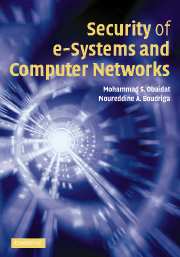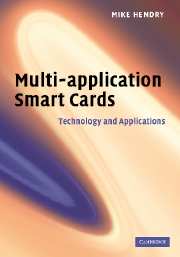Because of the reader's interest in information theory, it is assumed that, to some extent, he or she is relatively familiar with probability theory, its main concepts, theorems, and practical tools. Whether a graduate student or a confirmed professional, it is possible, however, that a good fraction, if not all of this background knowledge has been somewhat forgotten over time, or has become a bit rusty, or even worse, completely obliterated by one's academic or professional specialization!
This is why this book includes a couple of chapters on probability basics. Should such basics be crystal clear in the reader's mind, however, then these two chapters could be skipped at once. They can always be revisited later for backup, should some of the associated concepts and tools present any hurdles in the following chapters. This being stated, some expert readers may yet dare testing their knowledge by considering some of this chapter's (easy) problems, for starters. Finally, any parent or teacher might find the first chapter useful to introduce children and teens to probability.
I have sought to make this review of probabilities basics as simple, informal, and practical as it could be. Just like the rest of this book, it is definitely not intended to be a math course, according to the canonic theorem–proof–lemma–example suite. There exist scores of rigorous books on probability theory at all levels, as well as many Internet sites providing elementary tutorials on the subject.

